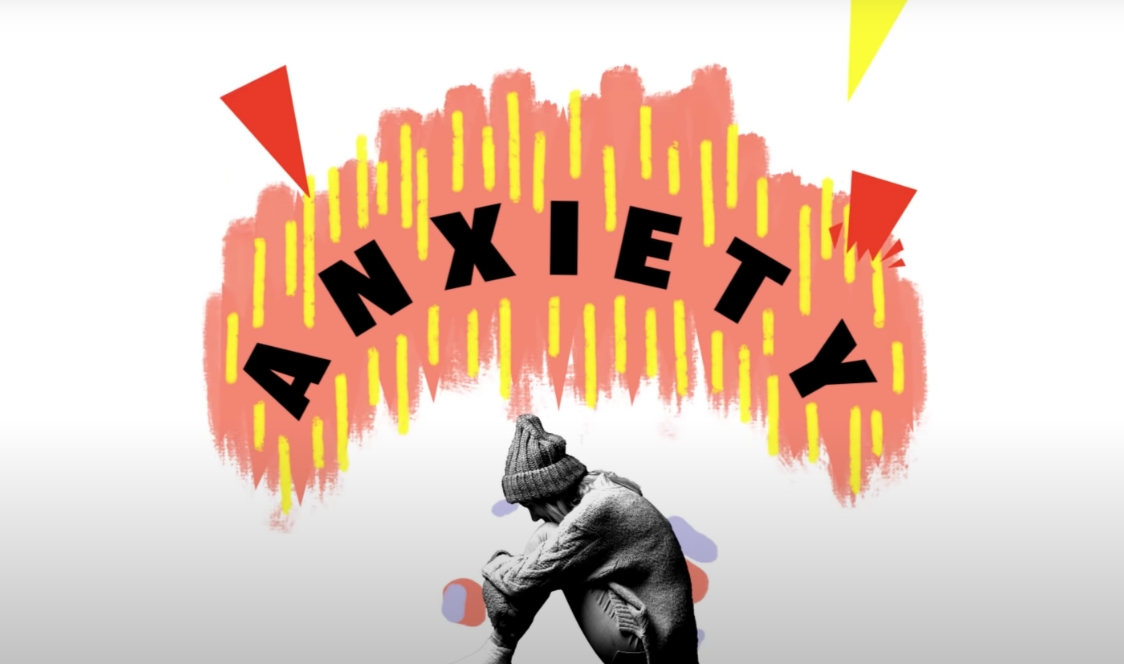
Fight Flight Freeze
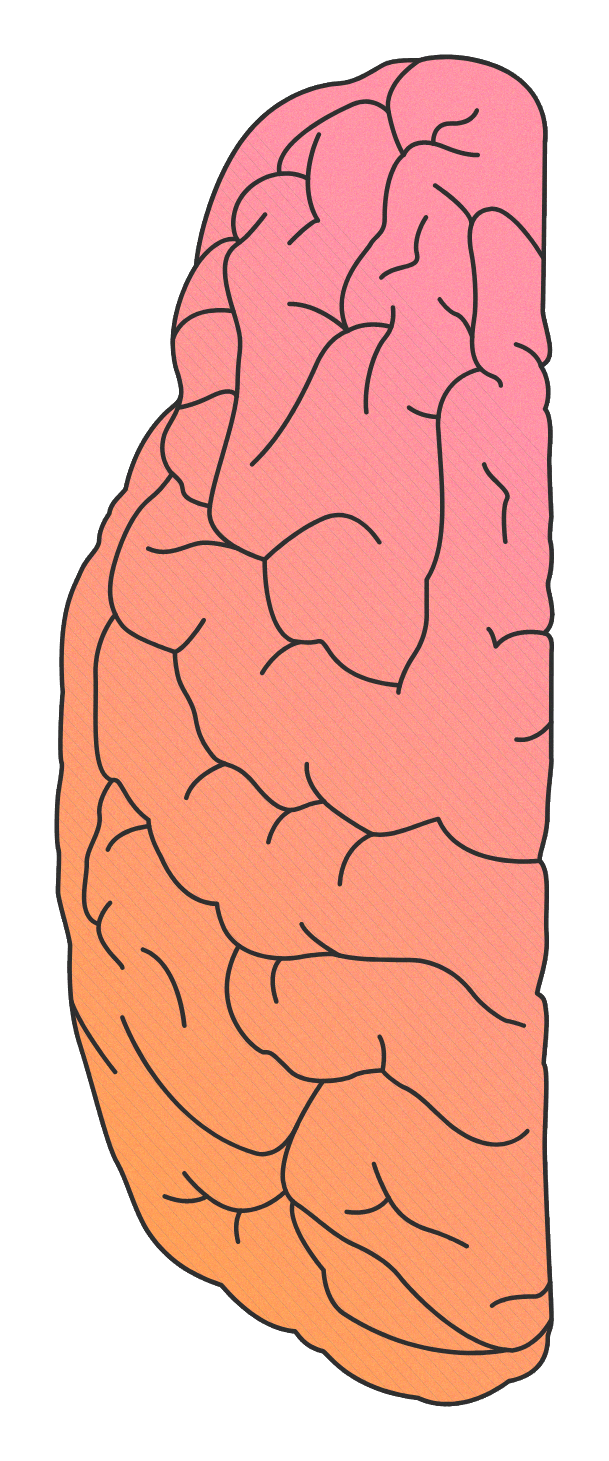
Did you know your brain is divided into two halves, the left and right hemisphere? You did? Cool! How about that the left half controls the right side of your body and that the right half controls the left side of your body? Excellent. And what about the fact that your brain is made up of different parts, each of which controls a specific function. You knew that, too? Awesome.
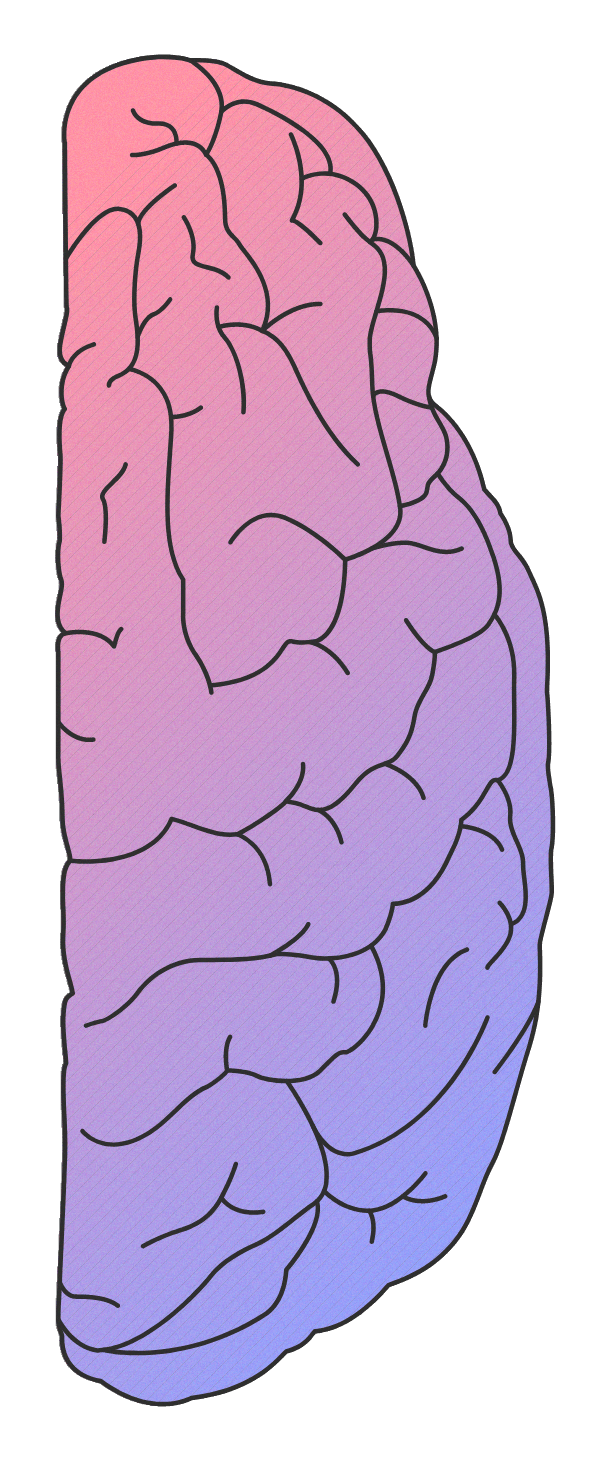

But did you know your brain doesn’t stop developing until age 25? Yep. All those prefrontal executive skills like impulse control, focus, reward and reasoning, and planning are still getting worked out, neuroscientist Sandra Aamodt explained on NPR. Which is why you tend to take risks or give in to peer pressure in your teen years. Because your brain isn’t totally mature yet, it’s easier to learn new things, too. And learning stuff actually helps your brain mature, so stick it out.
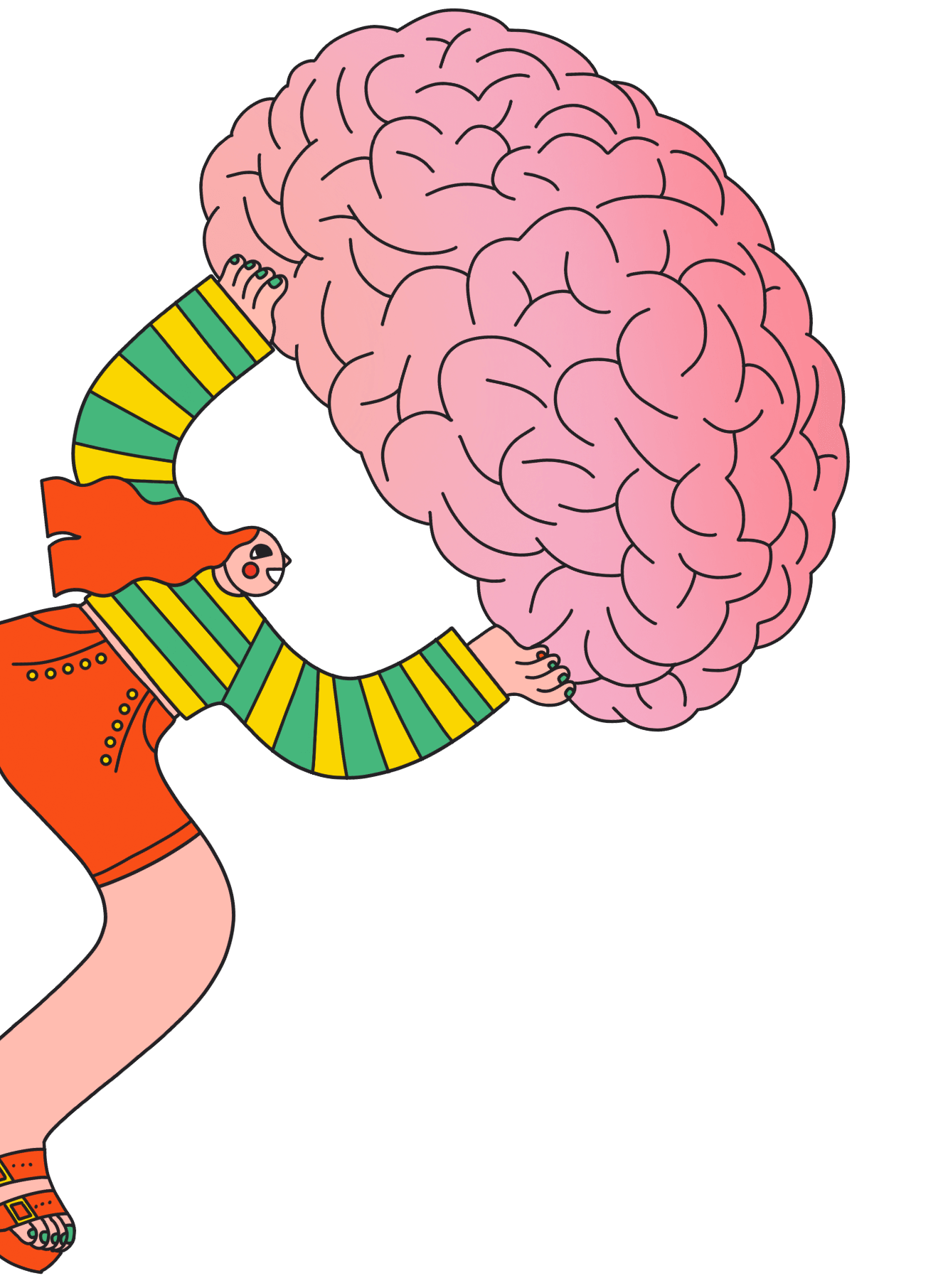
All those changes in your brain (and social life and physical self…) also mean that your not-yet-mature brain is susceptible to mental health problems, according to the U.S. National Institute of Mental Health.
Susceptible doesn’t mean it will happen, nor does it mean it won’t disappear as you get older. Your brain hasn’t given up – it’s working all the time to keep you healthy in all aspects of your life, physically, emotionally, and mentally. So don’t give up on your brain.
This time in your life is also an opportunity to recognize if you have some difficulties and to get some help early on.
The Brain Game
So which parts of the brain do what? Hover over the image to find out. Keep in mind (ha, ha) that our brains consist of billions of brain cells that are constantly interacting with one another, meaning that while we can divide the brain up, no part truly works on its own.
For even more about the different parts of the brain and what they do, check out these articles from John Hopkins Medicine and the Dana Foundation. All of our research citations can be found here.
What were you thinking?
Ah yes, the go-to line of the parent when you do something they think is, let’s say, not so smart. The thing is, you likely weren’t thinking. You were feeling.
Let’s step back for a minute. You may have already read about the parts of the brain, but one part is so special, we gave it its own section: the amygdala.
The amygdala is buried deep in the temporal lobe and is part of what’s called the limbic system, aka the primitive brain, aka emotion central. The amygdala is the heart of your emotional responses, dealing with:
Adults use the prefrontal cortex when making decisions, that executive functioning part known for logic, problem-solving and, well, thinking. Teens use the amygdala — they use their feelings. And as feelings happen automatically, we don’t tend to think about our actions before reacting.

Once upon a time, fight or flight was necessary to stay alive in the face of wild animals or other life-threatening situations. Today, fight or flight may be activated as a response to daily stress – from crumbling grades to family issues to bullying. The emotional amygdala takes over and raises the alarm, alerting our stress hormones like cortisol and adrenaline, rather than letting the logical frontal lobes first consider the situation. Chronic stress can lead to mental health issues, and the amygdala will amp up your response to panic or anxiety attacks when you feel confronted with danger. All of our research citations can be found here.
& What’s the deal with dopamine? What’s the deal with dopamine? What’s the deal with dopamine? What’s the deal with dopamine?
Ever been on your bike or in the car streaming a certain song at full volume and suddenly all is right in the world?
Why do we humans love music? Love making it? Love listening to it?
After all, music does nothing to ensure the survival of the species, according to that Darwin guy. (I mean, did he ever listen to Frank Ocean?)
So why do we tune in to tunes?
The answer happens when your brain changes amino acid into a nifty neurotransmitter called dopamine. Acting as a chemical messenger, dopamine plays a major role in our behavioural, emotional, and physical functioning. It’s associated with pleasure and reward, but also affects how we think and plan, as well as whether we strive or are focused or interested.
An imbalance of dopamine (too much or too little) is linked to:
Fun fact: A 2019 scientific study showed that “listening to the music you love will make your brain release more dopamine.” And that means music feels good! But you knew that already. All of our research citations can be found here.
Today Sucks (but you don’t)
Life can really suck when you’re a teenager. Sometimes it feels like not a day goes by where you don’t get that creepy-crawly anxious feeling under your skin – like you just know something is going to go wrong.
It’s so easy to get stressed out. There’s a lot going on in your daily life:
I mean, seriously… It’s enough to push anyone to their limit.

Yeah, easier said than done, we know. Seriously—we know. But give a couple of these strategies a try anyway.
Keep an ear out for negative thinking and write the worries down or say them out loud.
Would you say these negative thoughts to a friend? What would you tell a friend in your place?
Go from “I can’t do this” to “this is tough…I will try anyway and if I fail I may learn from it.”
Name the worst possible outcome. Name the best possible outcome. So, in the grand scheme of things, is the worry really that big a deal?
Do you have any control over what’s going on? If not, then why are you blaming yourself?
Let’s call this positive talk, which by the way has been shown to be a sign of future success, so “go you!”
No one else does either. Uncertainty is a part of life. Be confident in your decisions.
Russian physiologist Ivan Pavlov trained some dogs to salivate to the sound of a bell. Try training yourself to stop the trash talk by humming a tune or whistling.
Adapted from Anxiety Canada and Verywell Mind Magazine
The 20-Minute Challenge
Okay, hear us out: take 20 minutes to yourself. Grab your phone or wherever you keep your music. Put on your earbuds and your sneakers, then play your favourite music and go for a run (or move your body however you’re able!)
That’s it. For 20 minutes. Why?
Because music and movement both pump up the release of serotonin and dopamine in your brain, the feel-good hormones that boost mood, relieve stress and anxiety, and lower depression. They also decrease the level of cortisol, the stress hormone.
And to get really science-y on you for a moment, research has found that the GABA neurotransmitter – aka your body’s chemical messenger – in your brain’s hippocampus helps you take control of those negative thoughts and trash talk, which can be found in post-traumatic stress disorder, anxiety, and depression.
So how can you boost GABA? High intensity exercise – which you’re going to give a go for 20 minutes. Make the time go by with your favourite music. Bring a friend if that works for you.
All of our research citations can be found here.
Stop telling me not to worry! A fictional tale:
Do you even understand how important this project is? It’s like fifty percent of my mark. Fifty percent! And it’s not good enough. And if it’s not good enough, I won’t do well. I’ll fail the whole class. Well, fine, maybe I won’t fail but my grade will suck and that’ll affect my average and then I won’t get into university. Or at least the university I want. No, I am not exaggerating. I am not being dramatic. I AM NOT! Stop saying that! It’s not ready. It’s not right. It’s not perfect. I can’t hand it in until everything is just right. I can’t fail this project, I just can’t.
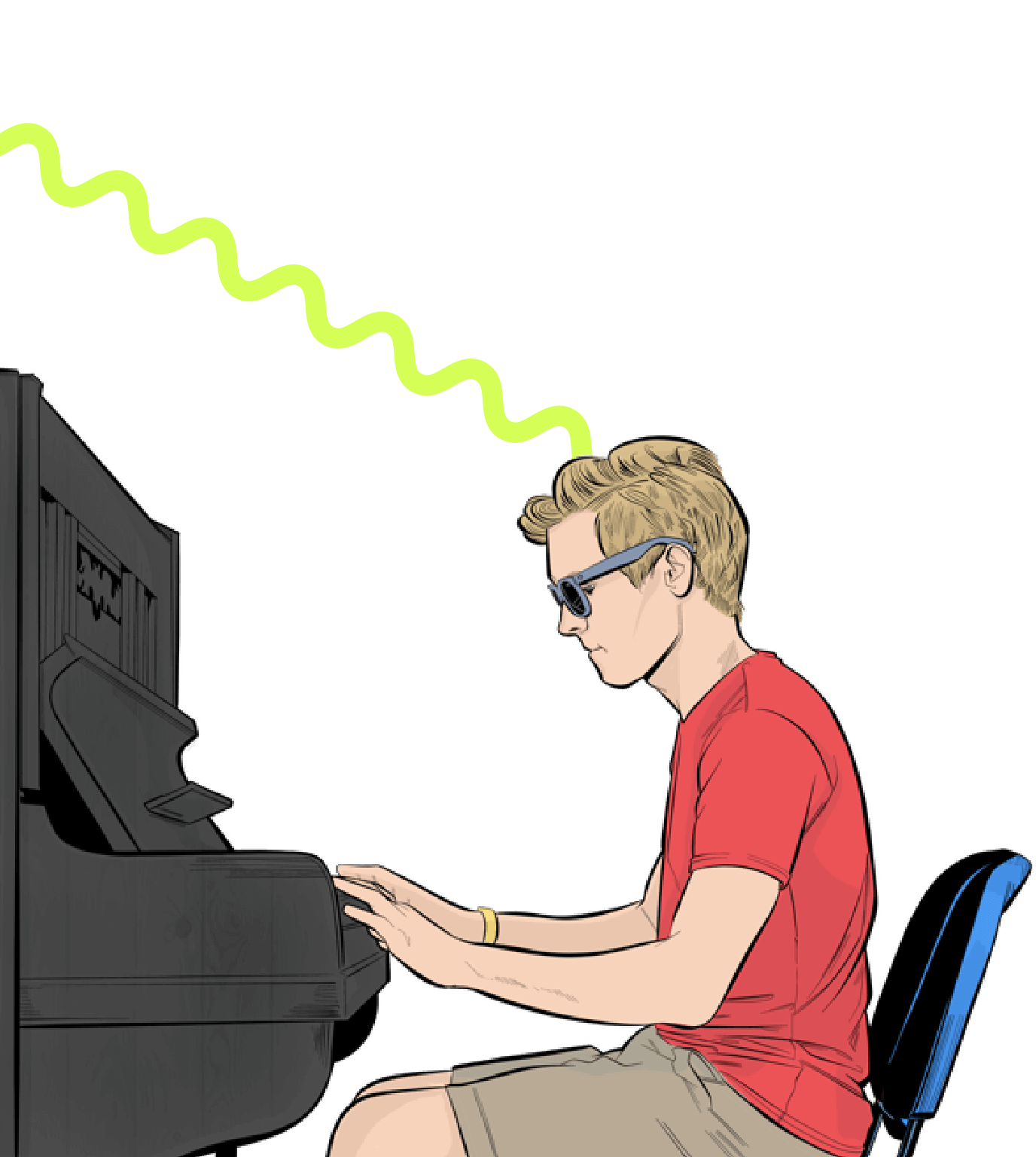
The following sections have been compiled or adapted from Anxiety Canada, Centre for Addiction and Mental Health and the Mayo Clinic.
Generalized anxiety disorder is constant and excessive worry most days about today and tomorrow, things big or small. Some anxiety in our day-to-day lives in normal, but when you can’t make it stop? That’s when it’s time to get help.
Physical: Muscle tension and aches, nausea, sweating.
Emotional: Irrational fear or what-if thoughts, emotions ranging from worry to anger to guilt, feeling of dread, expecting disaster.
Behavioural: Can’t concentrate, irritable, restless, trouble sleeping, tantrums, excessive behaviours like studying or procrastinating or over-thinking or worrying, avoiding certain situations or activities, indecision, irritability, perfectionism.
GAD can lead to:
About 1 percent of teenagers will experience GAD, are girls are twice as likely to develop GAD as boys. – Anxiety Canada.
All of our research citations can be found here.


A 2015 pilot study showed that active music therapy – using your voice, body or instrument to create music – along with traditional treatments can significantly reduce generalized anxiety disorder symptoms like sleep problems and memory and attention issues. That’s because the body movements needed for active music therapy help release psychological and physical tension, and reduce cortisol, a stress hormone.
An ocean drum is a double-sided frame drum, usually animal skin on one side and clear on the other. Metal beads inside roll as the person rocks or tilts the drum, creating sound reminiscent of the ocean. Although its history is murky – some say it originated in Nepal, others from Indigenous cultures – the ocean drum is just one music therapy percussion among many other instruments for reducing anxiety and increasing relaxation.









